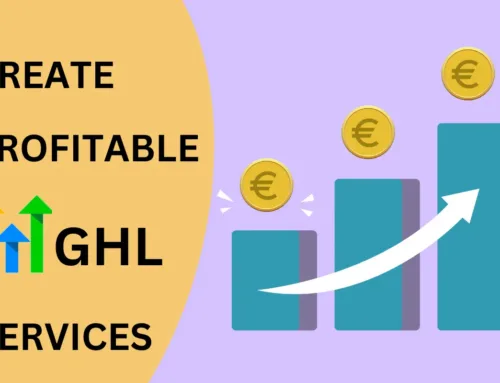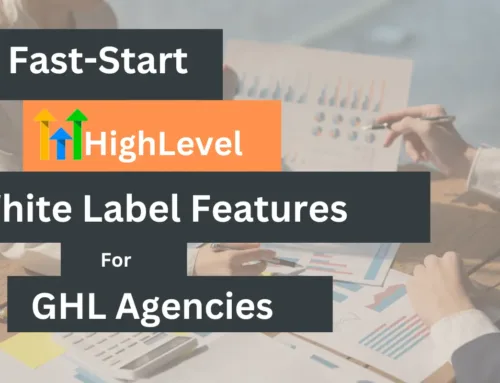Image optimization for marketing means serving images on web pages to users with an ideal balance between file size and image quality.
The following benefits from optimizing images (and other media) are vital from a marketing perspective.
- Improved download speed. High speed Internet improves each year, but not for everyone, especially those on mobile devices. According to Google, 70 percent of cellular internet connections will still be at 3G speeds or lower by 2020. By serving optimized images and other media, you ensure that you lose less traffic from people on slow connections who need to wait too long for a web page to load. Lost traffic means wasted marketing efforts.
- Save bandwidth. Marketing efforts are worth nothing if they don’t lead to improved traffic and eventually profit. Not optimizing images means a lot of wasted bandwidth, while optimizing saves bandwidth. High-traffic sites slow down when they use up too much bandwidth, especially sites that use hosted plans. Again, the user experience suffers, and again, you waste your marketing efforts.
- Improved SEO Practices. Effective marketing efforts lead to increased website traffic. Optimizing media for SEO means improved traffic because your media can rank better in search engines.
Image and media optimization present unique challenges to marketers.
- Optimizing images to achieve the best image quality and choosing the correct file types are two skills that don’t come naturally to marketers. There is a lot of information out there on image and media optimization—it takes time to learn how to perform tasks that come naturally to developers and website designers.
- Expense. It’s expensive to acquire high quality pictures and videos. Optimizing media is also expensive because it requires a large investment of time or money.
- Value. Marketers need to distinguish between media that adds value to websites versus generic unremarkable images or videos that don’t add anything from a marketing perspective.
But before you begin tackling these challenges, you might want to look into automation. Let a tool do some of the work for you. Cloudinary is one such solution—we offer a cloud-based platform that can automate many of the more laborious and technically challenging aspects of image optimization (more details).
But there are many more ways to deal with the common media optimization challenges. Becoming an expert at optimizing every form of media for upload to the web involves some technical expertise, a sprinkle of best practices, a solid understanding of what it means to optimize correctly for search engines, and a dash the latest knowledge and trends in the field.
The following ten tips are a good place to start.
Focus on Unique Images and Other Media
Regardless of the methods used to optimize media, it’s important marketers start off on the right foot by choosing relevant, unique media.
Marketers always need to have SEO at the forefront of their thoughts when choosing a picture or video for an article.
Stock images don’t do much for rankings because they don’t stand out in image searches and they are too generic to add anything of value to your content. Instead, use in-house designers to produce visual data and high-quality unique pictures that stand out in search engines.
Improve Video Presentation
From a business perspective, making a high-quality video takes significant time and effort to produce. Marketers cannot afford to let those production efforts go to waste with sloppy presentation.
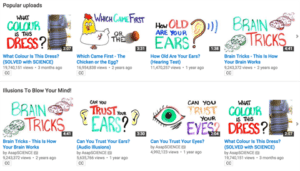
Optimizing videos should involve choosing a presentable thumbnail image that makes people want to view the video (see this article by tubularinsights for some best practices). Otherwise, what’s the point in posting the video if people don’t engage with it? A little tweaking can go a long way with videos—the main point for presentation is to never use a random still image as the thumbnail.
Use and Optimize Screenshots
Screenshots provide a great way for marketers to teach people about how to use the product or service they are promoting, especially when the product/service is technology-based.
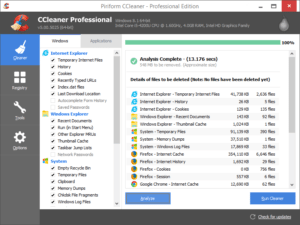
You need to optimize screenshots to get the best from them, though. The PNG image format is preferred over JPG for screenshots because the latter format leads to distorted text and unclear images. PNG files are larger than JPGs so it’s important to optimize each file by reducing its size before upload with an image compressor.
Join Optimization Communities
Join a dedicated community that provides resources on image optimization and discusses the latest trends in media manipulation and adjustment for websites.
The Visual Web by Cloudinary is a collaborative knowledge base that maps out the image and rich media management landscape. The site includes a carefully curated index of thousands of resources on a wide range of image, media and web development topics, written by leading bloggers, developers and technology experts.
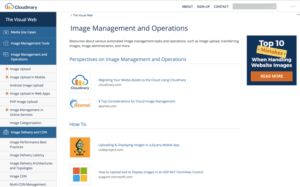
Invest In a CDN
A content delivery network (CDN) offers a great solution to the problem of slow download speeds for users who want to view your media. Even after optimizing the media files, some media still might load slowly.
CDNs use proxy servers located near to a website visitor’s location to serve web pages, including media content. The close proximity reduces download speeds, improving the user experience.
Maximizing user engagement with media content is vital in successful internet marketing—a CDN helps achieve this even for slow connections.
Compress All Images
Images posted on web pages should never be larger than you need them to be. Since slow loading times detract from your marketing efforts, always compress images using available methods.
There are online compression tools, such as TinyPNG and TinyJPG, which you can use if you are not tech savvy. You can also install plugins on WordPress that compress images for you. Editing software such as Photoshop is also useful for compression.
Name Images Correctly
Naming your images and other media intelligently is an often overlooked way to optimize sites for SEO, ensuring higher traffic and thus more effective marketing.
Consider the following two image titles:
IMG_091117.JPG
and
thai-red-curry-recipe.JPG
The latter option is much better because it gives search engines some context on the picture’s subject matter. The first title could be about anything.
The key point for marketers is to always title images and videos using keywords that tell search engines what to expect from the media.
Use Descriptive Alt Text
As Google advises, “the alt attribute provides useful information about the subject matter of the image. We use this information to help determine the best image to return for a user’s query.”
In other words, the alt text on images is vital for your marketing efforts because it generates more traffic when users search for related terms and find your images.
You need to be careful with alt text, though. Image alt texts stuffed with keywords can lead to a site being regarded as spam. The following examples from Google clarify this:
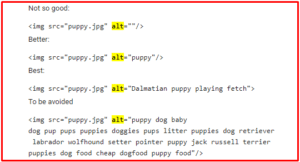
Write concise descriptions for your alt text and incorporate relevant keywords, and you won’t go wrong.
Crop Your Images
You’ll often note that many of an image’s pixels are unnecessary because they don’t actually add anything to what you want that image to convey to the user. Cropping images cuts out the unwanted pixels and reduces the overall file size, which means those pictures are better optimized for end users.


A key point when cropping an image is to ensure it retains its visual quality after resizing it. You don’t want cropped images that look stretched or distorted. The aspect ratio is the proportional relationship between the width of an image and its height. Any cropping effort should involve use of tools that retain the aspect ratio on cropped images. Photoshop provides such a tool with its “Transform Selection” option, but many open-source and premium image editors can also retain the aspect ratio.
Test Emails with Images
A particularly important area for the modern internet marketer is email marketing. Three quarters of companies surveyed in 2016 by Econsultancy agreed that email offers an excellent to good return on investment. Driving engagement with emails is a difficult task which can be aided by using images in much the same way marketers use images to drive engagement with standard web content such as blog posts.
The problem with using email images in the modern mobile era is the concern over how these images get displayed on mobile devices. Sometimes the images might cut out certain parts of the email copy, depending on both the device and browser used. Different email providers might even treat images differently. Therefore, it’s vital to test emails that contain images to see how they look on a range of devices before sending them out to subscribers.
Closing Thoughts on Optimizing Images for SEO
Within a marketing context, image optimization is arguably even more challenging because marketers need to place huge emphasis on optimizing media for SEO purposes in addition to both the design and the user experience.
Marketers can overcome optimization challenges with the help of a range of tips, including leveraging knowledge bases, using intelligent images titles and alt tags, and reducing image files sizes before upload to sites.
Further solutions to optimization challenges include cloud-based image optimization platforms that can automate many of the more laborious and technically challenging aspects of optimization.
And of course, contact us if you need any SEO Services


